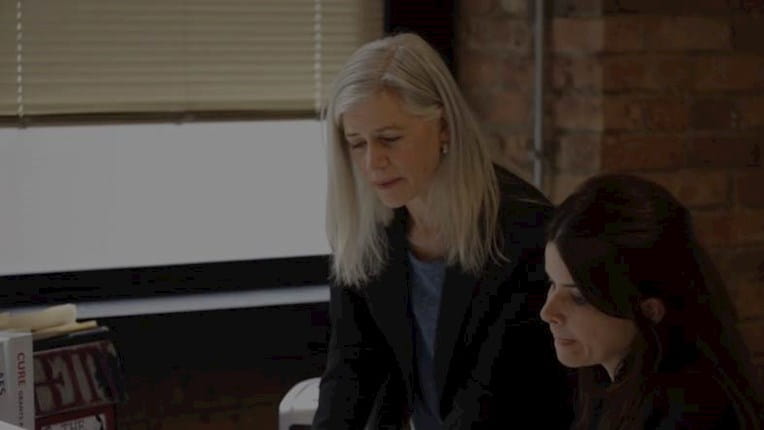“When I was in business school I had a grand life plan, including the birth of my firstborn daughter. What was not in the plan—and what threw a lifelong curve ball at my family—was that she developed epilepsy at 7 months. And this wasn’t what you might envision when you think about epilepsy—a minor inconvenience, where drugs would control the seizures. This was epilepsy with a vengeance.”
As she and her family grappled with her daughter’s illness, Axelrod also saw the bigger picture and realized through connecting with other families that her situation was not unique.
“Fueled by the energy of meeting other people. I started to examine what was going on, how there can be so many people suffering. I found that there was very little money devoted to epilepsy research, and without more resources, it would be impossible to attract top-notch scientific talent to the field.”
PAVING A NEW PATH FOR A LONGSTANDING ILLNESS
“There was an enormous void, and I realized that someone needed to step in and mobilize patients, researchers, and our federal government. It’s an ongoing process to this day that requires vigilance, energy, passion, and resources.”
A trailblazer in an underserved field, Axelrod not only put a public spotlight on a little-understood illness, but also brought together scientists, medical professionals, and families in pursuit of innovative treatments and a cure. “In the epilepsy community, both in the patient population and the treating physician population, there was a complacency and an inexplicable willingness to accept the status quo,” she said.
Since Axelrod launched CURE in 1998, the organization has been at the forefront of epilepsy research, raising more than $43 million to fund research and other initiatives focused on a cure for epilepsy. CURE awards grants for young and established investigators and has funded more than 190 cutting-edge projects in 15 countries around the world to date.
The organization now boasts an internal scientific team of three accomplished epilepsy researchers who oversee and direct CURE’s research program.
Additionally, a Scientific Advisory Council of five national epilepsy specialists, along with 300 scientist volunteers lend their expertise to reviewing and evaluating funding opportunities
INNOVATE TO FIND THE CURE
With the success of CURE, Axelrod has helped lead a dramatic shift in the epilepsy research community from simply treating seizures to enhancing understanding of underlying mechanisms and causes, so that cures and preventive strategies can be found. CURE’s research program is cutting-edge, dynamic, and responsive to new scientific opportunities and directions through both investigator-initiated grants and unprecedented scientific initiatives.
“I was completely driven by my daughter’s story, and by the agony of watching the struggles of so many others with epilepsy and their families—but it came down to using what I had learned through my education and realizing that bold action was required. Nothing ventured, nothing gained.”
“We have changed the conversation in the field, we altered the direction and goals of the research community as a whole, and we remain the risk takers in this space. That is not to say that we aren’t diligent shepherds of our research investments, but we prioritize innovation and cutting-edge approaches, because it is the only way we are going to continue to bring about the breakthroughs required to transform and save lives.”

